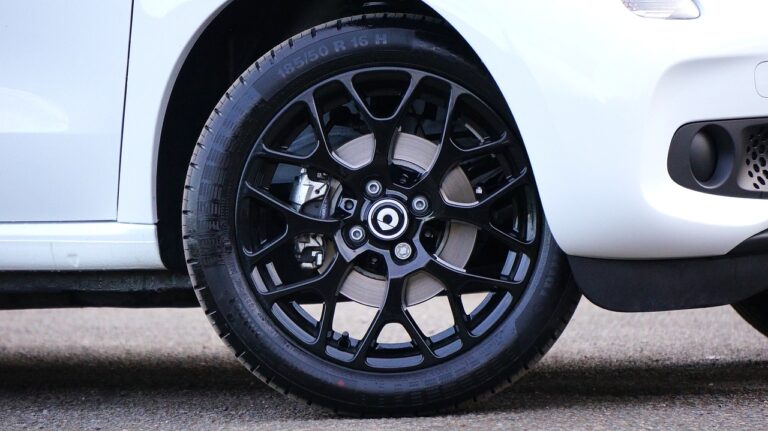The Role of Inclusive Design in Automotive Innovation
Accessibility in automotive design is a crucial element that can greatly impact the overall user experience of diverse individuals. From wheelchair users to elderly drivers, considering the needs of various users can lead to improved comfort and safety on the roads. By implementing accessible features such as adjustable seating, easy-to-reach controls, and ample legroom, automakers can cater to a wider range of customers and enhance their driving experience.
Furthermore, creating vehicles with accessibility in mind not only benefits individuals with disabilities but also aligns with the principles of universal design. Universal design aims to make products usable by all people, regardless of age, ability, or status, promoting inclusivity and equality. By incorporating universal design principles into automotive manufacturing, carmakers can foster a more inclusive society and contribute to creating a more accessible and user-friendly environment for all.
• Adjustable seating can accommodate individuals of varying heights and physical abilities
• Easy-to-reach controls make it easier for drivers with limited mobility to operate the vehicle
• Ample legroom provides comfort for passengers with long legs or those who require extra space
• Universal design principles promote inclusivity and equality in automotive design
• By considering accessibility needs, automakers can enhance the overall driving experience for all users
Understanding the Needs of Diverse Users
Automotive design is a complex process that requires careful consideration of diverse users’ needs. To create vehicles that cater to a wide range of individuals, designers must take into account various physical abilities, comfort preferences, and technological requirements. People with disabilities, older adults, families with young children, and individuals of different cultural backgrounds all have unique needs that should be addressed in the design process.
One essential aspect of understanding diverse users is considering ergonomics and accessibility features. For instance, designing vehicles with adjustable seats, easy-to-reach controls, and larger doorways can greatly enhance the user experience for individuals with physical disabilities or those who may have difficulty maneuvering in confined spaces. By incorporating features that accommodate a broader range of users, automotive designers can create products that are not only inclusive but also safer and more convenient for everyone.
Incorporating Universal Design Principles
Universal design principles are essential in creating products that are accessible to all individuals, regardless of their abilities or limitations. By incorporating features that cater to a wide range of users, automotive designers can ensure that their vehicles are inclusive and user-friendly. This approach not only benefits individuals with disabilities but also enhances the overall usability and convenience for all customers.
One key aspect of universal design principles is the emphasis on simplicity and intuitiveness. Designers should strive to create interfaces and features that are easy to understand and operate for everyone. By prioritizing clarity and ease of use, automotive designs can become more user-centric and provide a positive experience for all individuals, regardless of their background or capabilities.
What is Universal Design?
Universal Design is the design of products and environments that are accessible and usable by all people, regardless of age, ability, or status.
Why is accessibility important in automotive design?
Accessibility in automotive design ensures that individuals with diverse needs and abilities can safely and comfortably use vehicles. It also enhances the overall user experience for all customers.
How can automotive designers better understand the needs of diverse users?
Automotive designers can conduct research, consult with experts in accessibility and universal design, and involve people with diverse needs in the design process to gain insights into their unique requirements.
What are some examples of Universal Design principles that can be incorporated into automotive design?
Some Universal Design principles that can be applied to automotive design include providing multiple means of operation, ensuring clear and intuitive controls, and designing for ease of use for individuals with limited mobility or vision.







